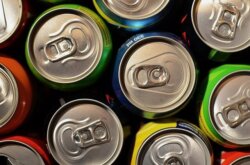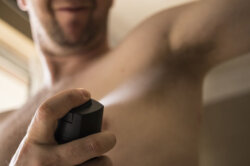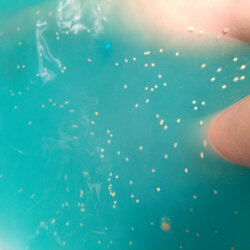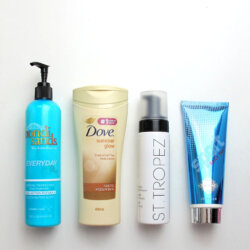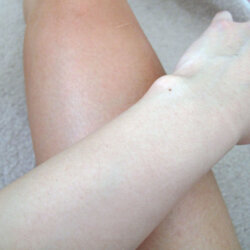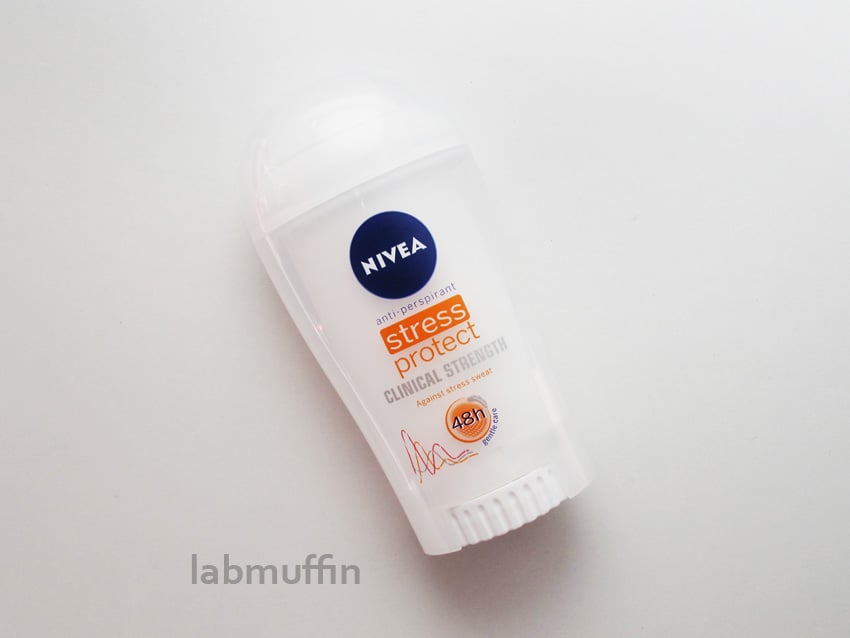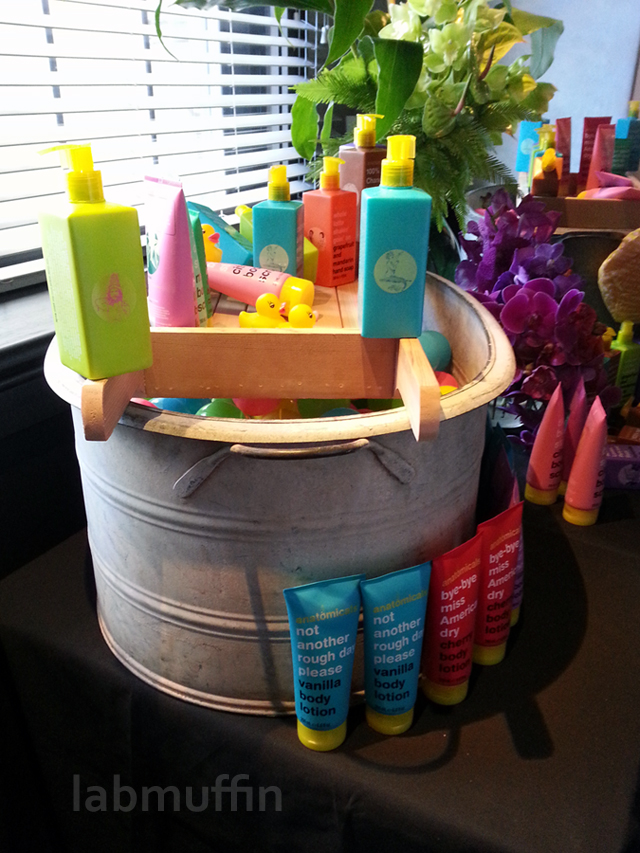Should you avoid aluminium in deodorants? The science
I’ve recently been approached by several natural deodorant companies to talk about the health risks of aluminium-containing antiperspirants. As much as I’d like that sweet sweet cheque… I can’t. Because the science just isn’t there. So instead, I’m going to debunk the aluminium scaremongering. (Note to deodorant companies: There are valid reasons to switch to natural deodorants. Aluminium ingredients can …
